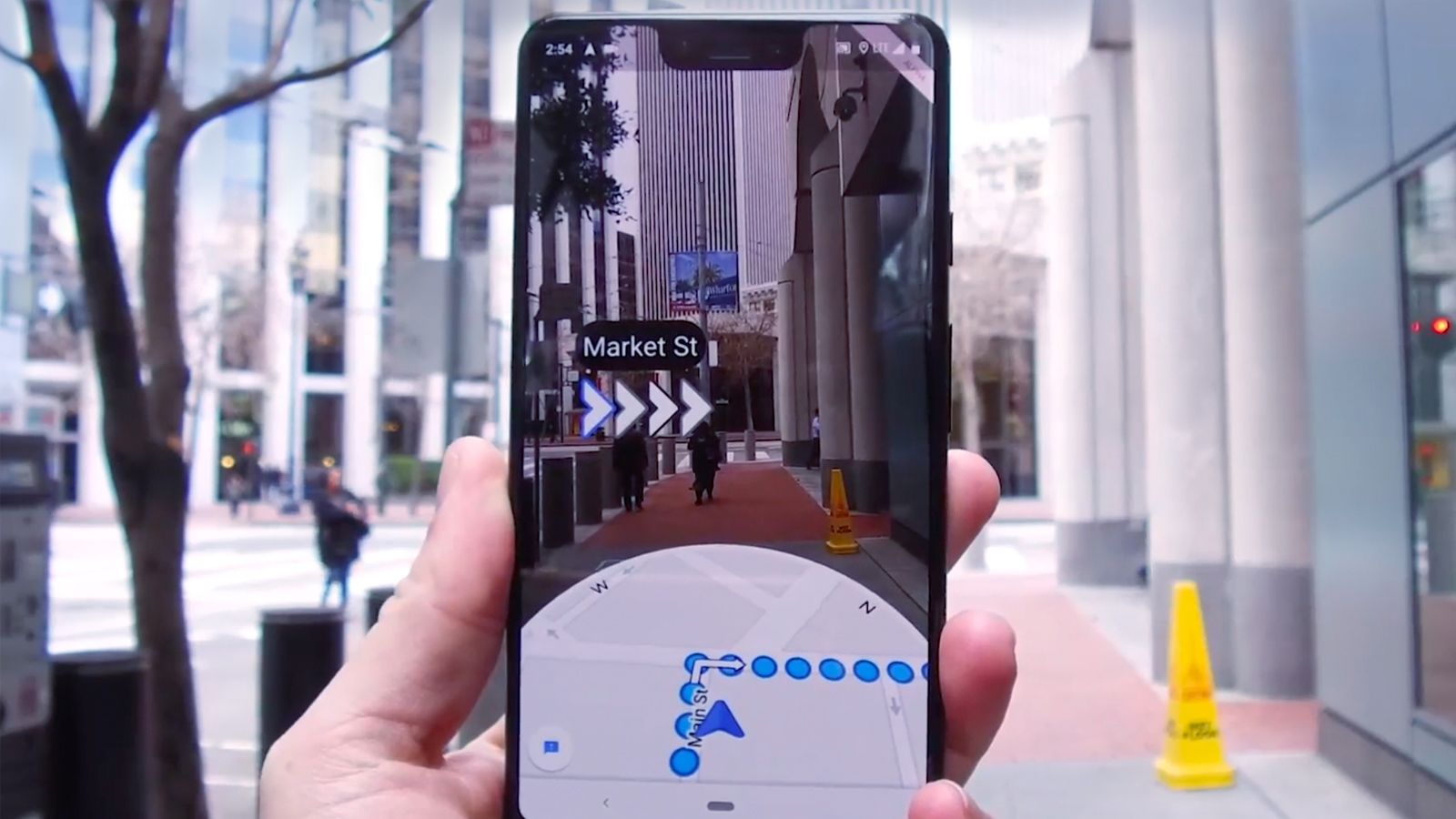
Banks have always taken a customer-centric approach to how they operate – an approach, that for the last 30 years has become more and more fueled by technology.
From ATMs that allowed customers to avoid lineups for simple transactions to the internet that brought banking home, and the smartphone that brought banking anywhere – we have seen a constant trend of the customer being empowered to do more.
The industry, on the whole, is collectively focused on the future and what will best serve the customer. However, I’d argue that you need only take a look around at present and see what some of the more forward-thinking financial institutions are already doing to get inspiration on what your customers will not only want but soon demand.
The technologies that enable transformation – and superior customer experiences – have never been more readily available, viable, or robust. Today, I’ll take you through what will soon be the industry standard as we visit what the digital banks are doing to ensure customer expectations are surpassed on their path to maturity.
Omni Channel User Experience
What was once a nice-to-have has quickly become essential in the age of customer convenience. No matter the device, be it a smart TV, tablet, phone, watch, car, or desktop, customers want to be able to bank when and where they want to. While technology has made this increasingly more feasible, it has also created new challenges like maintaining UX and the user journey across these channels. Digital banks are keeping this user experience simple, engaging, continuous, and omni channel.
User Experience
It is impossible to talk customer-centricity without touching on user experience. And UX, more specifically, seamless and pleasant UX has become the expectation for customers going forward. Unfortunately, this is not without its challenges. Banks cater to diverse customer segments, each with their own needs and wants. This requires nuanced worked; however, through intuitive and conversational design, banks are simplifying the journey while keeping customers engaged.
Cardless Banking

There was a time when nobody thought we’d see a shift to a cashless world, and yet, here we are. And today, we are on the dawn of another shift, one towards cardless banking, and this shift is one that nobody is doubting. The natural evolution of the ATM; many forward-thinking banks are offering the same experience but without the physical card. Instead, a simple scan of a QR code or a tap of a phone or other smart device is all that is required to withdraw cash without the use of debit or credit cards.
P2P Payments
Person to person payments or P2P is one area of FinTech that is booming and shows no signs of letting up. These payments allow the transfer of funds between two parties utilizing their individual bank accounts or credit cards through an online platform or mobile app. Used for a multitude of things, from splitting a $27 lunch bill between friends to paying rent, P2P payments are adding value and keeping the customers engaged.
AI & Analytics
Banks possess one of the most potent advantages in business – data. In fact, banks sit on vast pools of customer data; data that can be used to better understand customers and manage their experience. Utilizing AI and advanced analytics, banks are leveraging the data they already possess and use it to proactively showcase the right products to the right customers, not only saving vast sums on marketing dollars but upselling and cross selling to existing customers through timely and relevant promotions.
Internet of Things
Imagine checking the balance of your account, simply by asking – while driving down the highway. Or opening the fridge and discovering you’re out of milk, only to place an order for it immediately from the screen on your fridge. When talking about the internet of things, the possibilities are seemingly endless, with 5G network around the corner and the growth of connected devices in cars, homes, appliances, wearables, and more; banks are presented with an ideal opportunity to add a new level of convenience to their customers.
Augmented & Virtual Reality

As banks shift their attention to attracting and retaining the next generation of customers, they must begin to utilize the technology that appeals to them most. And for future – and present – generations, that technology is AR and VR. Imagine using augmented reality to guide your customers to the nearest ATM or virtual reality to help showcase investment products and their returns in dazzling, engaging visuals. Paired with mobile devices, AR and VR technology is empowering customers in ways never before possible and soon a reality with 5G network.
Chatbots
Chatbots are already commonplace in many industries, including BFSI; however, the technology that powers them is continuously evolving, and their capabilities are growing to new and exciting levels. AI and NLP based tools are empowering customers to transfer funds, check their balances, pay their bills, find the best credit card rate or apply for a mortgage; all with an air of ease like never before.
Open Banking
Open Banking is a practice of using APIs that allow third-party developers to build applications and services around a financial institution; like a bank, and the financial data of its customers. This has the potential to open the doors to countless new products, services, tools and partnerships that were once thought a regulatory impossibility. The implementation of PSD2 in Europe has already signaled that the market is ready to adopt open banking and FinTech is leveraging it, leaving North America to decide if they are willing to act quickly to keep their customers engaged and ensure their banking needs are met, not only today but for years to come.
Few could argue that banks are already investing heavily in technology; however, what is critical not to overlook is why they are doing it in the first place. Technology is excellent, but not for technology’s sake. Instead of imagining what you could do, begin assessing and investing in what you must do, and it starts by putting the customer and their expectations first.
Today’s customers may even switch banks based on their digital experience. The need to focus on the whole customer journey rather than selling a single banking product or service is imperative. Speed and efficiency are important to customers and so is their comfort level in engaging with a digital bank. They must believe that their needs and preferences are met and that there is a level of personalization tailored to their day to day banking needs. The technologies that will power the customer experience for years to come are here, and they are only waiting for you to take advantage of them.



